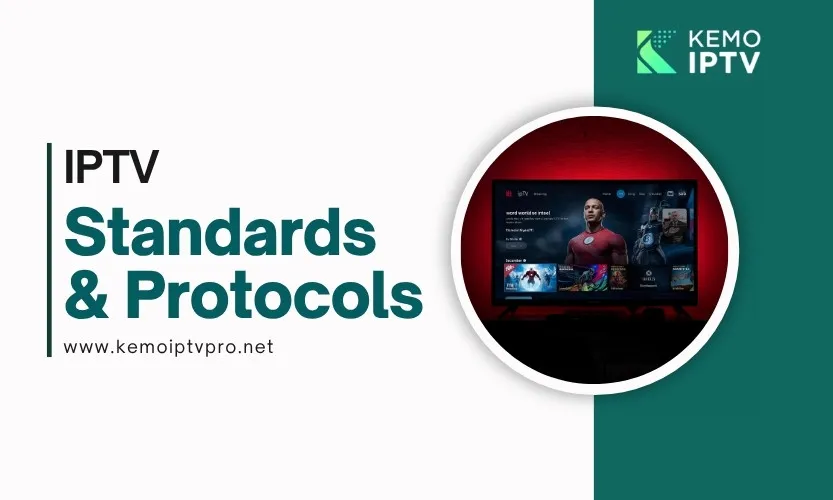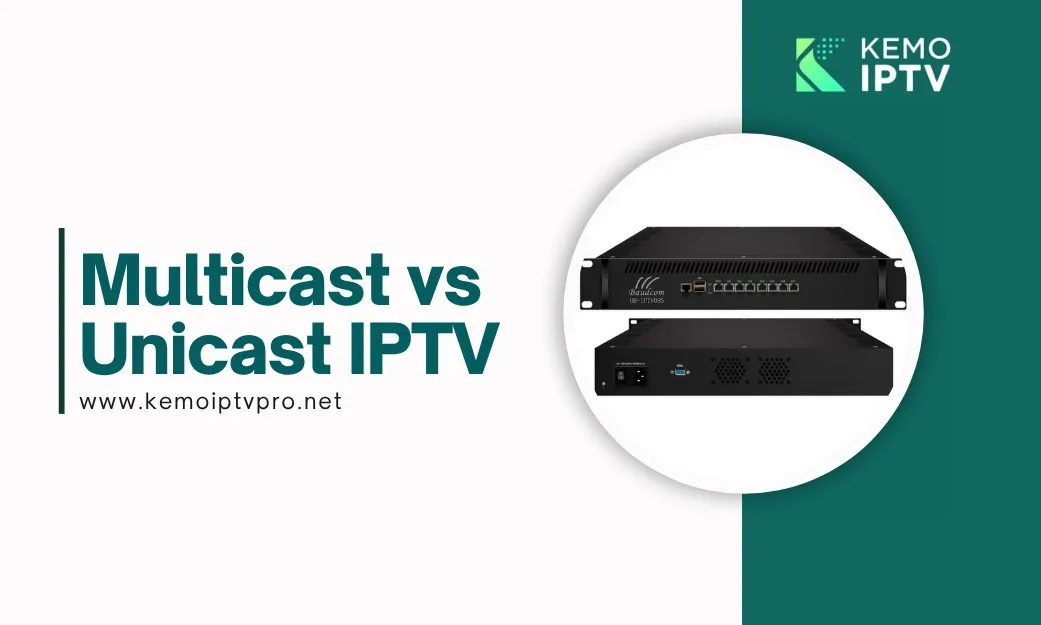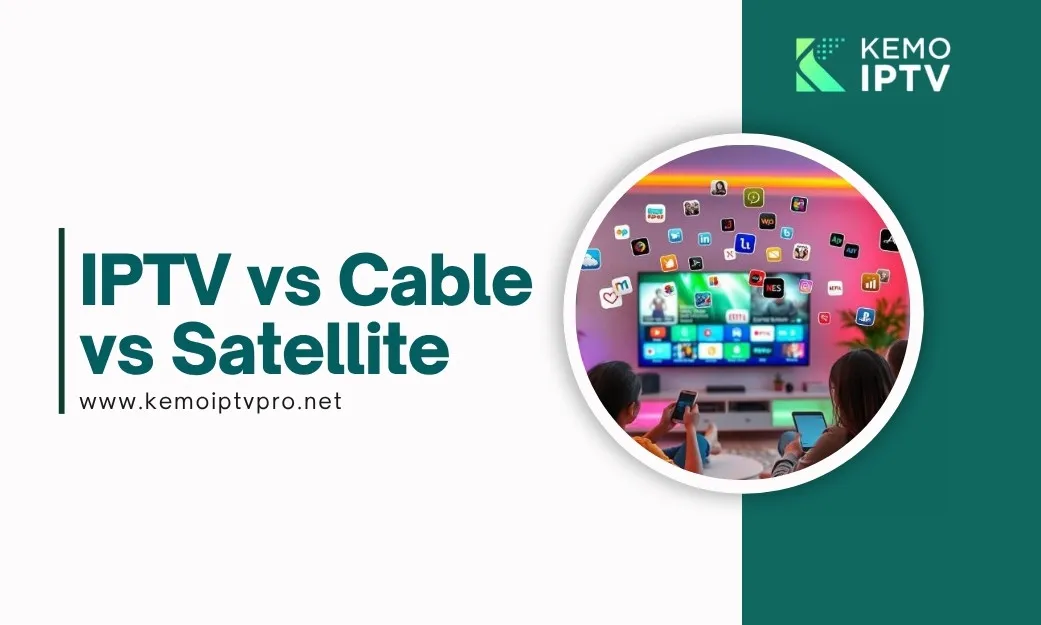The way we watch television has fundamentally changed. Gone are the days when we were tethered to cable boxes and rigid broadcast schedules. Today, Internet Protocol Television (IPTV) delivers TV content over IP networks, offering unprecedented flexibility and interactivity. But behind every seamless stream and instant channel change lies a complex ecosystem of standards and protocols working in harmony.
In 2025, IPTV services reached approximately 250 million subscribers worldwide, with the global market valued at around $187 billion and climbing. This explosive growth isn’t just about consumer demand—it’s enabled by robust technical standards that ensure your favorite shows stream reliably across countless devices and networks.
But what exactly are these standards, and why do they matter? Let’s dive into the technical backbone that makes modern IPTV possible.
Why IPTV Standards Matter
Think of IPTV standards as the universal language that allows different systems—from set-top boxes to content servers—to communicate seamlessly. The International Telecommunication Union (ITU) recognized early on that IPTV needed global standards to “encourage innovation, help mask complexity of services, guarantee quality of service, ensure interoperability and ultimately help players remain competitive.”
Quality of Service & Reliability
Unlike traditional internet video that operates on a “best effort” basis, managed IPTV uses network Quality of Service (QoS) techniques defined in standards to prioritize video traffic. This means when you’re watching a live sports event, your video packets get priority over your neighbor’s file download, ensuring smooth, buffer-free streaming. The result? IPTV can deliver consistent high-definition streams with instant channel changes that match viewer expectations from traditional TV.
Interoperability
Early IPTV deployments were often proprietary silos—if you bought a set-top box from one vendor, it might not work with another provider’s service. Open standards changed this. Today, standards define everything from how set-top boxes retrieve channel guides to how content encryption works, so a movie can play seamlessly across various devices. As industry stakeholders recognized in 2008, over 50% said open standards were “essential” for IPTV’s future—and that vision has largely become reality.
Innovation & Competition
Standards lower entry barriers, allowing new service providers and device manufacturers to enter the market by adhering to common protocols. This fuels innovation and gives consumers more choices, helping players “remain competitive” in an increasingly crowded market.
Core IPTV Protocols: The Building Blocks
Multicast Streaming: IGMP
When thousands of viewers tune into the same live channel, sending separate streams to each person would be incredibly wasteful. Enter IP multicast and IGMP (Internet Group Management Protocol).
IGMP is “vital for multicast streaming”—it manages group membership so when you change channels, your set-top box sends an IGMP “Join Group” message to your router, efficiently subscribing you to that multicast feed. The network sends just one stream that multiple viewers tap into, optimizing bandwidth. This efficiency is crucial for delivering hundreds of TV channels over IP without clogging the network.
Real-Time Transport: RTP
RTP (Real-Time Transport Protocol) is the workhorse carrying your audio and video content in real time. Running typically over UDP, RTP handles packet sequencing and timing to keep video and audio perfectly synchronized during playback. Without RTP’s precise timestamping and sequencing, you’d experience the dreaded “lip-sync” issues where audio and video don’t match.
Session Control: RTSP
While RTP delivers the media, RTSP (Real-Time Streaming Protocol) acts as your remote control. It manages the streaming session between your device and the server, enabling functions like play, pause, stop, and channel change.
Think of it this way: when you select a movie from your IPTV menu, an RTSP “SETUP” and “PLAY” command is sent to begin the stream. If you pause or seek forward, RTSP handles that interaction. This two-way interactivity—made possible because IPTV operates over bidirectional IP networks—is a major advantage over one-way traditional broadcast.
The HTTP Revolution: HLS and MPEG-DASH
While RTP/RTSP/IGMP remain the backbone for managed IPTV networks, a parallel revolution occurred with web-based streaming protocols.
HLS: The Universal Standard
HTTP Live Streaming (HLS), originally developed by Apple, has become “the most popular streaming protocol available today,” supported on almost every device. HLS breaks video into small HTTP file segments and uses adaptive bitrate streaming—automatically adjusting quality based on your bandwidth.
The genius of HLS is its simplicity: it uses ordinary HTTP, works with standard web servers and CDNs, and passes through firewalls without special configuration. Though standard HLS traditionally had higher latency (20-30 seconds), Low-Latency HLS now addresses this, cutting delays to 2-3 seconds for live sports and interactive applications.
MPEG-DASH: The Open Alternative
MPEG-DASH (Dynamic Adaptive Streaming over HTTP) is the open, international standard alternative. Like HLS, it delivers video in adaptive HTTP chunks, but with crucial differences. DASH is codec-agnostic, meaning it can deliver video encoded with any format—H.264, H.265, VP9, or the royalty-free AV1—giving content providers more flexibility.
Industry experts view “MPEG-DASH with Common Encryption (CENC)” as key to unifying streaming, allowing content delivered via normal web servers to work across different DRM systems. This cross-DRM interoperability simplifies content distribution significantly.
The Current Landscape
Modern IPTV solutions blend both worlds: using multicast/RTP/RTSP inside service-provider networks for live TV, and HTTP-based streaming (HLS/DASH) for on-demand content and multi-platform apps. As one expert noted, “HLS and DASH dominate today’s app-based streaming services,” while traditional protocols remain essential for managed networks.
The Global Standards Bodies
ITU-T: The Global Framework
The International Telecommunication Union (ITU-T) produced a comprehensive suite of global IPTV standards starting around 2007-2009. These cover architecture, protocols, QoS, security, and more—essentially providing the first globally agreed frameworks. The ITU’s focus has been on IPTV over “managed networks with guaranteed QoS/QoE, content protection, and interactivity”—replicating the cable TV experience over IP.
ETSI & ATIS: Regional Integration
Regional bodies like ETSI (Europe) and ATIS (North America) launched specialized initiatives. ETSI’s TISPAN group developed IMS-based IPTV standards, integrating IPTV with telecom infrastructure to enable converged services—like displaying caller ID on your TV screen alongside TV content.
ATIS’s IPTV Interoperability Forum published standards for service quality, network interfaces, and security, helping secure content distribution and ensure equipment from different vendors can work together.
Open IPTV Forum & DVB
The Open IPTV Forum (OIPF), a consortium of telcos and manufacturers, created end-to-end specifications promoting open, non-proprietary solutions. Their work fed into standards for HbbTV (Hybrid Broadcast Broadband TV) and Smart TV platforms, helping converge traditional IPTV and OTT.
The DVB Project extended its digital television expertise to IP with DVB-IPTV and the newer DVB-I standard, which allows devices to discover and present both broadcast and broadband TV services in a unified channel list.
Quality, Security, and the User Experience
QoS/QoE: Guaranteed Performance
Unlike open Internet video, managed IPTV can guarantee Quality of Service using network mechanisms to prioritize IPTV traffic and avoid buffering. Standards define performance metrics—like ATIS IIF’s QoS metrics—ensuring broadcast-grade reliability. This is why IPTV can deliver consistent high-definition streams even during peak viewing times.
DRM: Protecting Content
Digital Rights Management and Conditional Access are crucial for pay-TV content. Standards from DVB, ITU, and others ensure IPTV systems can secure streams via encryption and interoperate between DRM/CAS systems. Common encryption standards allow one video stream to be decrypted by different DRM clients (Widevine for Android, FairPlay for Apple, PlayReady for Microsoft), simplifying multi-platform distribution while maintaining robust security.
The Future: Where IPTV Standards Are Headed
Hybrid IPTV & Multi-Screen
Many operators now offer hybrid IPTV, integrating YouTube or Netflix alongside traditional channels on a single platform. Standards like HbbTV in Europe define how broadcast TV and IPTV/OTT seamlessly coexist. The focus is on unified experiences across TV sets, tablets, and phones, with standards ensuring appropriate delivery to each device.
Low Latency & Adaptive Streaming
Ongoing enhancements—Low-Latency HLS, CMAF (Common Media Application Format), and WebRTC—are being adopted to reduce delay and support interactive content. These technologies show standards continually evolving to meet new use cases.
5G & Mobile IPTV
The rollout of 5G networks brings new opportunities. 5G specifications include multicast/broadcast capabilities (5G Broadcast) that could efficiently stream popular live content to many mobile users simultaneously. We may soon see standard IPTV protocols working over 5G to deliver TV to mobile devices with guaranteed quality, extending managed IPTV concepts to wireless networks.
Business Model Evolution
The fastest-growing segment is free, ad-supported IPTV, expected to dominate viewership share (over 70% in coming years). This shift will drive new standards for ad insertion, measurement, and scalability.
Conclusion: The Invisible Architecture of Your Viewing Experience
IPTV standards and protocols are the invisible infrastructure that makes modern television work. From multicast efficiency that delivers live channels without network congestion, to adaptive streaming that adjusts quality on the fly, to encryption standards that protect premium content across devices—these protocols work in concert to deliver the seamless experience you expect.
The industry’s embrace of open standards has transformed IPTV from proprietary silos to an interoperable ecosystem where innovation thrives. As we move toward 5G, hybrid models, and AI-powered personalization, these standards will continue evolving, ensuring that the gap between traditional broadcast and internet TV keeps closing.
Whether you’re watching on a set-top box, smart TV, or smartphone, remember: behind every smooth stream is a sophisticated symphony of protocols ensuring that your entertainment arrives exactly when and how you want it. That’s the power of IPTV standards—and they’re only getting better.




